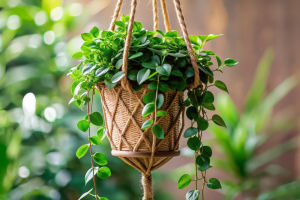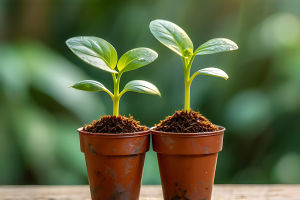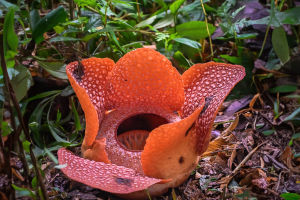Have you ever noticed how flowers change with the seasons, bringing different colors and moods to your home or garden?
Choosing the right seasonal flowers and caring for them properly can make your space vibrant and refreshing throughout the year.
In this article, we will explore how to select suitable flowers for each season and provide detailed care tips to help them thrive. Let's enjoy the beauty of nature's changing palette together!
Why Choose Seasonal Flowers?
Seasonal flowers are adapted to bloom at specific times of the year, making them naturally suited to the climate and daylight conditions of each season. By choosing flowers that match the current season, you increase the chances of healthy growth and abundant blooms. Seasonal planting also allows you to enjoy a variety of flowers throughout the year, from spring's tulips and daffodils to autumn's chrysanthemums and winter's pansies.
Spring Flowers and Their Care
Spring is a time of renewal, and many bulbous flowers like tulips, daffodils, and hyacinths start to bloom. These flowers need plenty of sunlight—ideally 6 to 8 hours daily—and well-drained soil to prevent bulb rot. Water them regularly but avoid overwatering. After flowering, remove wilted blooms to encourage new growth. Fertilizing with a balanced fertilizer during the growing season helps bulbs store energy for the next year.
Summer Flowers and Their Needs
Summer flowers such as lilies, marigolds, and petunias thrive in warmer temperatures and bright light. They usually require more water during hot days but be careful to avoid waterlogging. Mulching can help retain soil moisture and keep roots cool. Regular deadheading (removing spent flowers) encourages continuous blooming. Some summer flowers may enter a rest period during extreme heat, so adjust watering accordingly.
Autumn Flowers and Preparation for Winter
Autumn brings cooler temperatures and flowers like chrysanthemums, asters, and ornamental kale. These plants often need less water as growth slows down. It's a good time to prune and remove dead leaves to prevent disease. Applying a slow-release fertilizer helps plants store nutrients for winter. For delicate flowers, consider moving them indoors or providing frost protection as temperatures drop.
Winter Flowers and Indoor Care
Winter flowers such as cyclamen, pansies, and amaryllis brighten up cold months. Since outdoor conditions can be harsh, many winter flowers do better indoors or in sheltered spots. They prefer bright but indirect light and moderate watering—allow the soil to dry slightly between waterings. Maintaining humidity with a humidifier or water trays can prevent leaf drying. Regularly check for pests, as indoor plants can be more vulnerable in winter.
General Tips for Seasonal Flower Care
• Adjust watering to the season: More frequent watering in spring and summer, less in autumn and winter.
• Use appropriate fertilizers: Feed actively growing plants with balanced or bloom-boosting fertilizers; reduce feeding during dormancy.
• Monitor sunlight exposure: Match flower types with available light—some prefer full sun, others partial shade.
• Prune and deadhead regularly: This promotes healthy growth and prolongs flowering periods.
• Protect from extreme weather: Use shading, frost covers, or move plants indoors when necessary.
Expert Advice and Seasonal Observations
Experts emphasize that understanding your local climate and micro-environment is key to successful seasonal flower care. For example, in regions with hot summers, afternoon shade can prevent leaf burn, while in colder areas, selecting hardy varieties ensures survival through winter. Observing your plants closely and adjusting care routines with the seasons will lead to healthier plants and more vibrant blooms.
Final Thoughts: Embrace the Seasons with Beautiful Flowers
Seasonal flowers offer a wonderful way to connect with nature's rhythms and add life to your home all year round. By choosing the right flowers for each season and following tailored care tips, you can enjoy a colorful, fragrant, and ever-changing floral display. Have you tried growing seasonal flowers? Share your favorite blooms or questions—we'd love to hear your gardening stories!
Happy planting and blooming!


